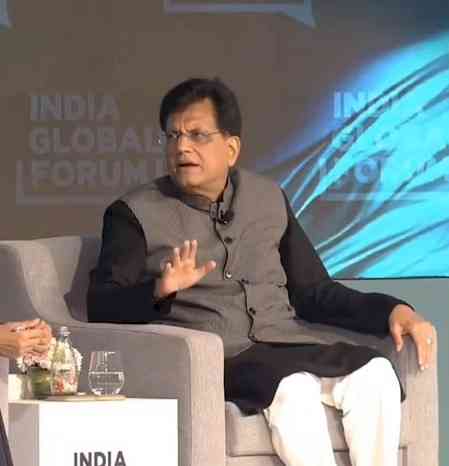Mahindra Manulife Mutual Fund Launches ‘Mahindra Manulife Short term debt fund’
Focusing on quality debt and money market instruments

Chandigarh: Mahindra Manulife Investment Management Private Limited (Formerly known as Mahindra Asset Management Company Pvt. Ltd.), a 51:49 joint venture of Mahindra & Mahindra Financial Services Limited (MMFSL) and Manulife Investment Management (Singapore) Pte. Ltd. (‘Manulife Singapore’) launches ‘Mahindra Manulife Short Term Fund,’ an open ended short term debt scheme investing in instruments such that the macaulay duration of the portfolio is between 1 year and 3 years. The scheme is suitable for investors looking for a balance of safety, liquidity and yield with a 1-3 year horizon. It is also suitable for those seeking an alternate to traditional investment options that have the potential to deliver better risk adjusted returns.
Mr. Rahul Pal, Head – Fixed Income, Mahindra Manulife Mutual Fund, said “Mahindra Manulife Short Term Fund will look at deploying dominant part of the portfolio in high quality securities for a target duration of 1-3 years. The Investment architecture will aim to minimize concentration risk by continuously monitoring sector and group exposures and maintain a laddered approach to liquidity. We would like to highlight that none of the debt schemes of Mahindra Manulife mutual fund have any default till date. We achieve this through our robust internal risk guard process and also now we have incorporated several global best practices.”
Mr. Ashutosh Bishnoi, MD and CEO, Mahindra Manulife Investment Management Private Limited, said, “Given the current environment of volatility Mahindra Manulife Mutual Fund would like to encourage retail investors participate in the debt market. The fund has been launched for investors looking for a balance of safety, liquidity and yield with 1 - 3 year horizon.” Even the Reserve Bank of India (RBI) has recently allowed retail investors to directly buy government debt, making India the first Asian country to do so and among a handful globally, in a bid to encourage small investors to become direct investors in government bonds.”


 cityairnews
cityairnews 








